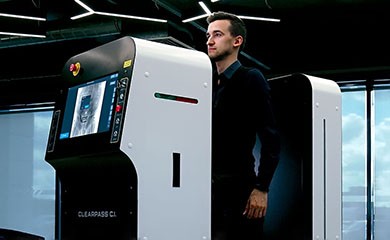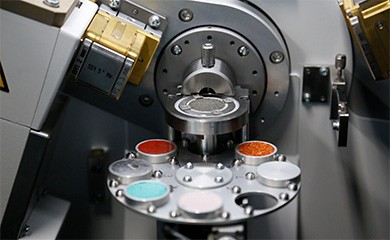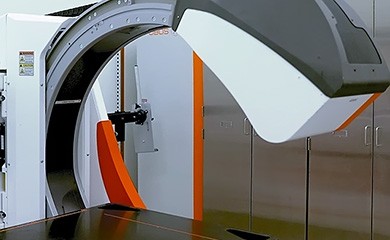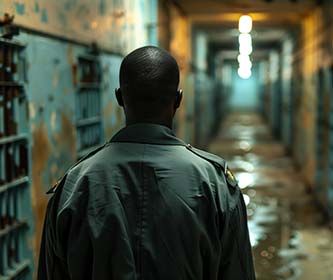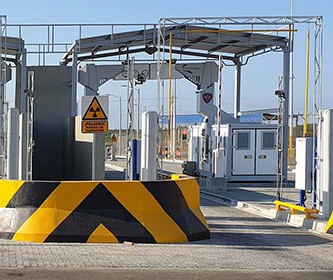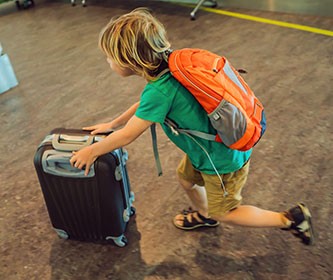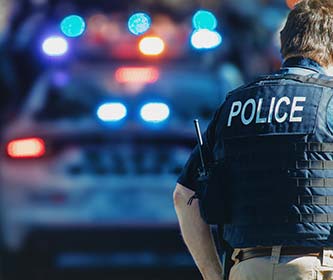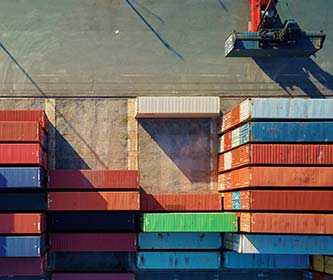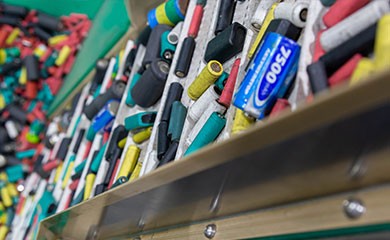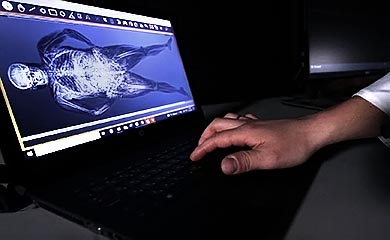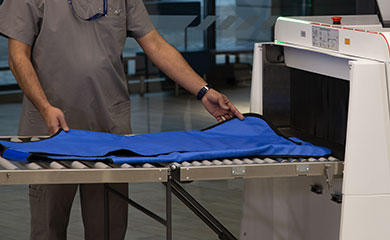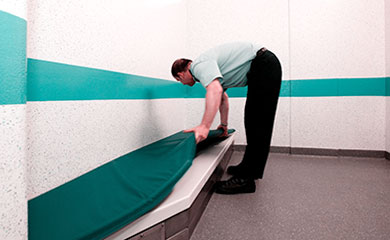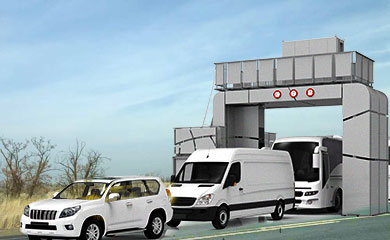
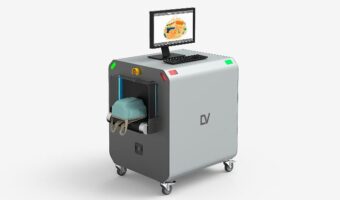
Small parcels and baggage inspection · AI-powered threat detection · Remote monitoring
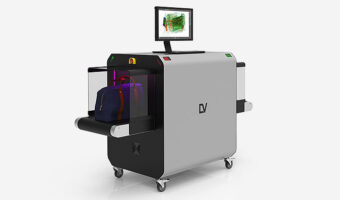
Small baggage inspection · AI-powered threat detection · Remote monitoring
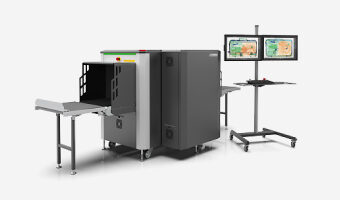
Small and medium sized baggage inspection · Improved detection by Dual View · AI-powered threat detection · Remote monitoring
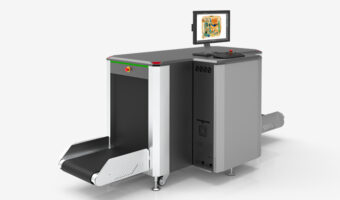
Medium sized check-in baggage inspection · AI-powered threat detection · Remote monitoring
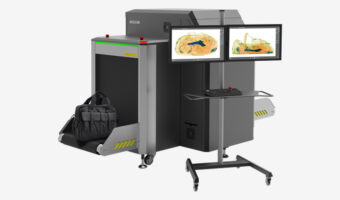
Mid-sized baggage inspection · Improved detection by Dual View · AI-powered threat detection · Remote monitoring
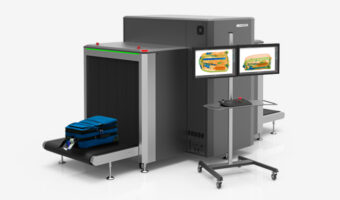
Large baggage and small cargo inspection · Improved detection by Dual View · AI-powered threat detection · Remote monitoring
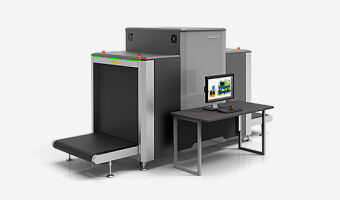
Universal large baggage and small cargo inspection · AI-powered threat detection · Remote monitoring
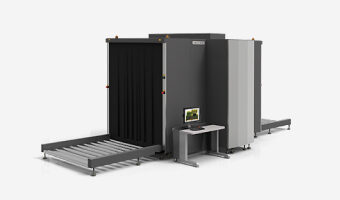
Heavy baggage, large packages and mid-sized cargo inspection · AI-powered threat detection · Remote monitoring
In response to contemporary security challenges in hold bags and luggage, LINEV Systems has pioneered the development of specialized inspection systems tailored.
X-ray luggage and bag scanners are used to ensure security and safety by detecting any prohibited or dangerous items concealed within luggage or bags. They are commonly employed in schools, embassies, airports, train stations, government buildings, and other high-security facilities to prevent the unauthorized transport of weapons, explosives, and other illicit items. These scanners provide security personnel with a non-invasive means of inspecting the contents of luggage, allowing them to identify potential threats quickly and efficiently. Additionally, X-ray scanners contribute to the overall security infrastructure by enabling thorough and systematic screening processes.

X-ray baggage scanners are security screening systems designed to examine the contents of bags, backpacks, and luggage by utilizing X-ray technology to generate images.
These devices offer several advantages, such as:

X-ray bag scanners can identify concealed threats such as weapons, explosives, or illegal items. They contribute to upholding a secure environment and preventing potential harm.

X-ray baggage scanners offer a non-invasive way to inspect items without physical contact or extensive manual searches. This minimizes inconvenience for individuals and reduces the risk of damage to scanned items.

X-ray baggage inspection systems are designed to swiftly inspect baggage and luggage, thereby reducing manual inspection time. This enhances the flow of people and goods, particularly in high-traffic areas such as customs, borders, ports, courts, airports, mail sorting facilities, stadiums/arenas, and more.

Modern X-ray baggage scanners provide advanced imaging capabilities, accurately identifying suspicious objects and substances, including organic and inorganic materials.

X-ray bag solutions can be seamlessly integrated with other security measures and technologies, such as access control systems or video surveillance, in order to establish a comprehensive security framework.

X-ray baggage inspection systems feature user-friendly interfaces and are backed by comprehensive training and support. This enables security personnel to operate the equipment efficiently and interpret X-ray images.
When selecting a baggage X-ray screening system, it’s essential to take into account the following factors:
Evaluate the specific security demands of your facility or organization. Understand the level of threat detection needed and consider industry-specific regulations or standards that must be adhered to.
Assess the expected volume of baggage to be screened. Choose a screening system capable of handling the projected throughput without causing delays or congestion.
Look for systems with advanced imaging technologies that produce clear, high-resolution images for precise threat identification. Features such as dual-energy imaging and organic/inorganic material distinction can enhance detection capabilities.
Consider the physical dimensions and weight capacity of the screening system. Ensure it can accommodate the typical size and weight of luggage or baggage. Also, assess its scalability to meet future growth or evolving needs.
Seek out user-friendly interfaces and intuitive controls that enable operators to interpret X-ray images efficiently. Training requirements should be reasonable, and comprehensive documentation should support the system.
Evaluate the compatibility of the baggage scanner with other security systems and technologies, such as access control, video surveillance, or alarm systems. Integration can enhance overall security effectiveness and streamline operations.
Consider technical support, maintenance services, and spare parts availability. The screening system should have a reliable support network to address any technical issues promptly.
Research the reputation and customer reviews of the bag X-ray and its manufacturer. Look for reputable brands known for quality, reliability, and customer satisfaction.
The fastest way to hear back from us is to fill the contact form below. Our appropriate department will get back to you depending on your inquiry as soon as possible.
Get X-ray baggage scanner
In the imaging produced by an X-ray parcel and baggage scanner, a variety of items and materials are visible, such as:
- Metallic Objects: baggage scanners effectively detect metal items like weapons, knives, firearms, or metallic components of explosive devices.
- Organic Materials: X-ray baggage inspection systems are capable of distinguishing organic materials, aiding in the identification of items like food, drugs, or concealed organic substances that may pose a security risk.
- Inorganic Materials: Non-organic substances such as plastics, ceramics, or synthetic materials are discernible on X-ray images, helping to identify a wide range of items and their components.
- Liquids: X-ray bag inspection systems can detect the presence of liquids, vital for security purposes, such as identifying containers with hazardous liquids or prohibited substances.
- Dense Objects: Dense metals or heavily packed materials appear as darker or opaque regions on X-ray images.
- Contraband Items: X-ray scanners can reveal the presence of prohibited items, including drugs, explosives, weapons, or smuggled goods.
- Concealed or Hidden Objects: Intentionally hidden items within luggage or baggage, such as weapons or illicit substances, can be identified by X-ray scanners.
Various factors, such as system capabilities, size, capacity, technology, adherence to regulations, and ongoing maintenance and support expenses, determine the cost of baggage X-ray inspection systems. Additionally, customization or integration with current security systems may result in supplementary costs for engineering, installation, and integration services.
Luggage and baggage X-ray scanners are employed across diverse industries and settings for various purposes. Typical applications include:
- Educational institutions: X-ray bag scanners are positioned at school entrances to screen the bags and possessions of visitors, parents, and staff entering the premises, thereby enhancing security and preventing unauthorized items from entering the school grounds.
- Government installations: These scanners are utilized at government facilities, embassies, and courthouses to inspect incoming mail, packages, and visitor belongings for potential threats.
- Events and public spaces: bag X-ray scanners are employed at stadiums, concert venues, and public events to ensure attendees’ safety by screening bags and personal belongings.
- Commercial buildings: These inspection systems can be found at the entrances of corporate offices, high-security facilities, or sensitive areas within buildings to screen visitors’ bags and belongings.
- Airports: baggage scanners are extensively used at airport security checkpoints to screen passengers’ carry-on luggage, checked baggage, and cargo shipments.
- Correctional facilities: X-ray scanners are utilized within prisons and correctional facilities to inspect incoming goods for contraband items.
- Hospitality industry: these systems may be employed at hotel entrances or baggage storage areas to enhance security by scanning guests’ luggage and belongings.
- Military sites: X-ray scanners are deployed at military bases and installations to inspect vehicles, personal belongings, and supplies for potential threats or contraband items.
These examples illustrate the diverse applications of parcel and baggage X-ray scanners. The specific deployment of these scanners is contingent upon the unique security requirements and regulations of different industries and countries (UK, USA, UAE (Emirates), etc.).
